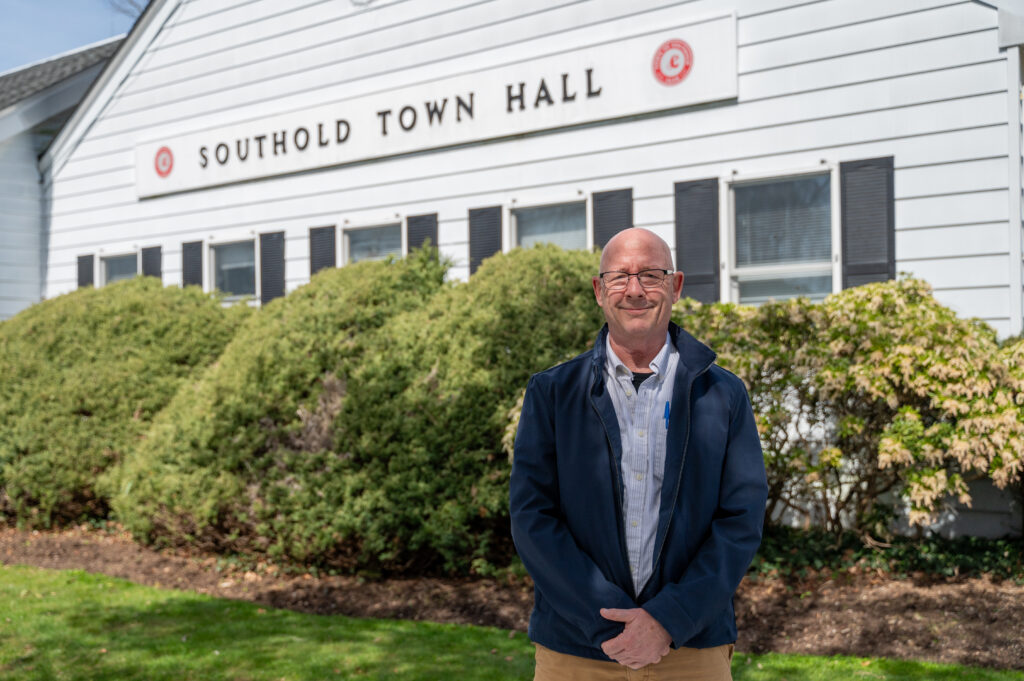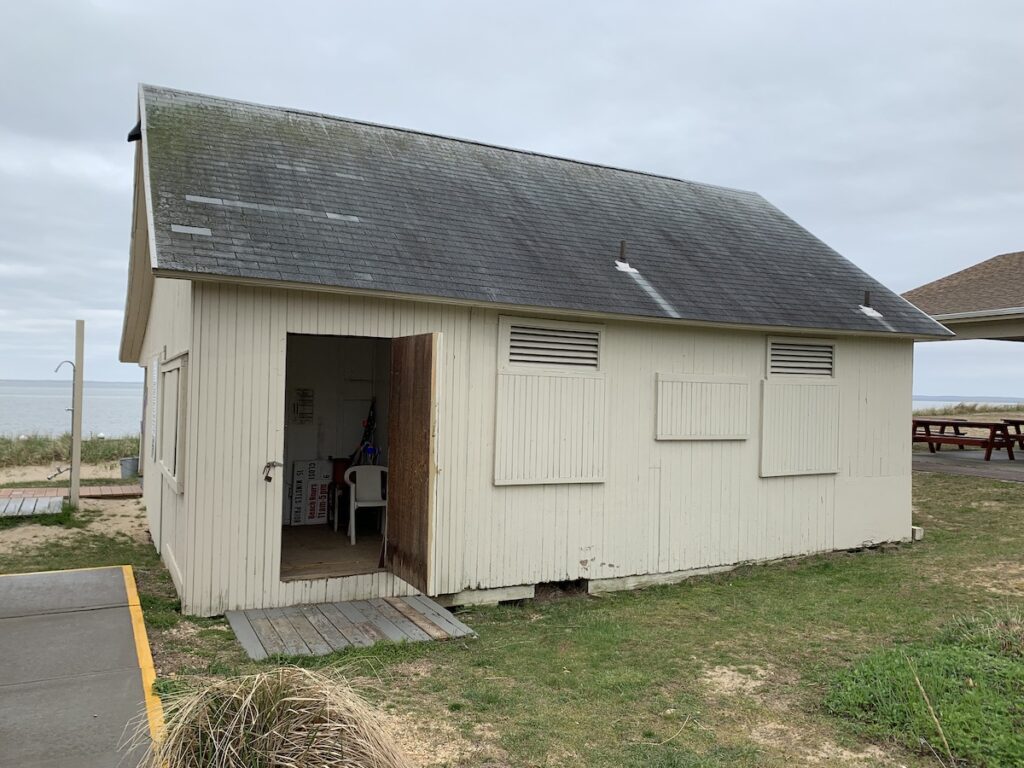Letters to the Editor: Deer population harms our environment

Letters from the Oct. 5 issue of Suffolk Times
CUTCHOGUE
Are we being short-sighted?
Where do the solar panels go? Where do the wind turbines go? Where do the storage batteries go?
The wind and the sun are renewable but to produce energy from them takes Earth’s resources and human interaction and they have environmental impact both up front and potentially long term! All the above have lifespans and when done will get buried in the Earth and any long-term impact will not be known for years. The harvesting of the above will produce emissions immediately.
Are we allowing our government to be shortsighted by allowing them to create laws forcing Americans to use only one kind of energy? Isn’t that monopolistic?
I don’t have the answer for so-called climate change. Maybe it is only one form of energy for all but maybe it’s not! Long ago in science I learned “every action has equal and opposite reaction.” What will Earth’s reaction be to more and more buried garbage?
Bob Bittner
CUTCHOGUE
Thank you!
The Cutchogue-New Suffolk Park District wishes to thank the members of the Cutchogue Lions Club for their generous donation of two bicycle racks for the park district. These racks will soon be installed at the Nassau Point Park Beach and the Dave Allison Park Beach. They will be a welcome addition to our parks, enabling bicycle enthusiasts the opportunity to temporarily store their bikes at our beaches while they enjoy these beautiful facilities. This donation is just one example of the Lions Club’s efforts to give back to our community. We greatly appreciate their generosity and dedication in making Cutchogue and New Suffolk such great places to live.
Dave Bergen
Chairperson, Board of Commissioners
Artie Picchione and Carl Vail
Commissioners
SOUTHOLD
The deer population is the problem
The recent article on invasive plants states: “Experts say there is now a long list of non-native plants that have been introduced to the local landscape.” But you do not address the reason: Deer do not eat those plants so residents buy them and their garden is safe. Deer overpopulation is the core reason invasive species are spreading.
Without addressing that issue first the woods and backyards will never be healthy. Why do you suggest we plant more native plants and work hard to pull out invasive plants without considering and acting on the reasons that we have this serious environment problem since the 1990s? That’s when the deer population started growing to 10 times the sustainable number (due to less hunting, hunters, lots of twin fawns and no predators). “Deer can double in number every three years” says the NYDEC.
Deer spread invasive plants directly and indirectly through their feeding habits. When deer consume the fruit of invasive plants they pass the seeds in their droppings. Seeds of invasive plants that deer don’t eat, like Japanese stiltgrass, which has taken over along Southold roads and in the now-open woods. It spreads if seeds are picked up on the animals’ hooves. Additionally, the town’s mowing along roads has spread the stiltgrass seed into yards and woods.
And deer over-browsing of native plants is why those plants are almost gone. This change in our woods’ composition negatively impacts the numerous native wildlife species that depend on an understory and native plants. We are now missing much flora and fauna we had 30 years ago. One invasive that deer avoid is Japanese barberry. It becomes a dense and humid environment that attracts ticks, increasing the prevalence of tick-borne diseases that have impacted almost every family on the East End.
Step one is to actively work on the cause: deer overpopulation that is 10 times the sustainable number. Sustainable means keeping balance in nature and when that happens once again in future Southold, native plants will come back by themselves. Contact our state representatives and your local civic association (nfcivics.org) for info and to help.
Ellen Wexler








